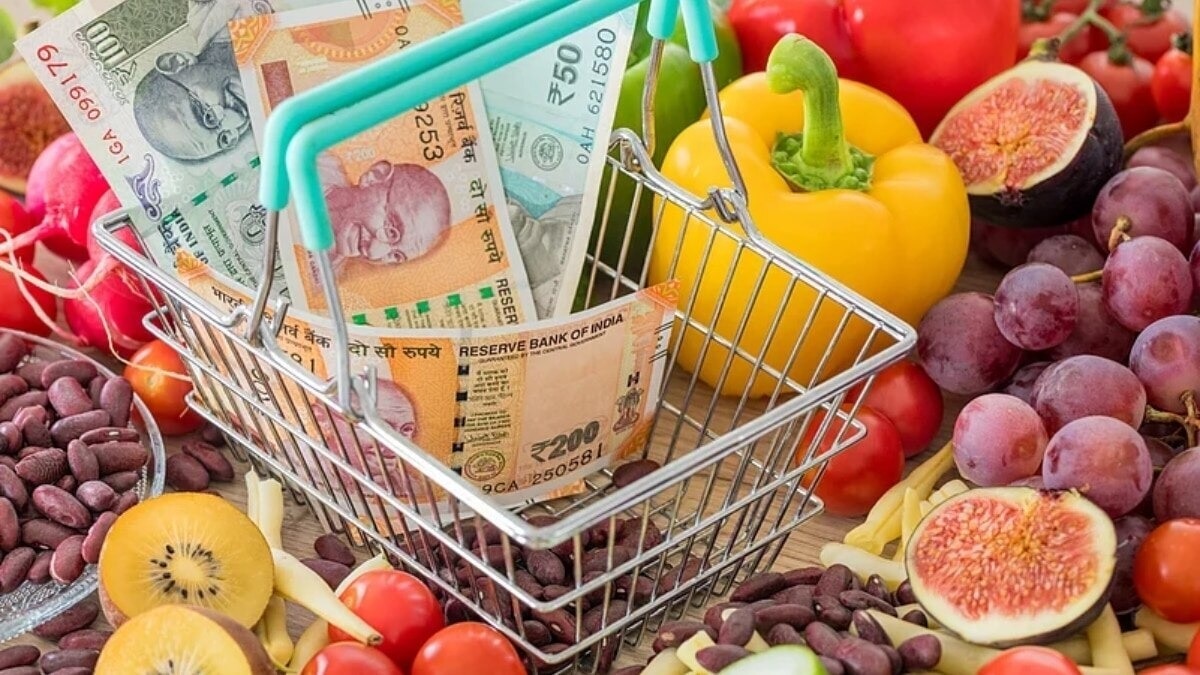Retail inflation is seen to have eased to a record low in October amidst lowering vegetable prices, a favourable base effect and cuts in the goods and services tax, which is likely to lead the Reserve Bank of India to also lower its inflation forecast for FY26.
Most analysts expect retail inflation as measured by the consumer price index at about 0.2% to 0.6% in October declining further from 1.5% in September. Official data on retail inflation will be released on November 12.
Easing price pressures is also expected to lead the Monetary Policy Committee of the RBI to lower its inflation forecast from the current 2.6% for the fiscal. The MPC is set to meet from December 3 to 5 and October’s CPI inflation data will be the last set of retail inflation estimates released before that. Analysts also expect the MPC to go in for another rate cut this fiscal, which could either be in the December or the February policy.
A report by Bank of Baroda pegged CPI inflation in the range of 0.4%-0.6% in October 2025. “The outlook for inflation also looks benign, supported by tailwinds from GST rate rationalisation and lower global commodity prices,” it said. Food inflation has been trending lower largely due to the continued deflation seen in vegetables category, specifically tomato, onion and potato, it said, adding that this in turn is supported by a significant pickup in mandi arrivals.
“A similar trend is expected to persist in the coming months too, as the harvesting season sets in. This is likely to lend a considerable degree of downward bias to India’s overall inflation outlook,” the report by Aditi Gupta, Economist, Bank of Baroda further said.
Crisil’s Roti Rice Rate (RRR) report similarly noted that in October, the cost of home-cooked vegetarian and non-vegetarian thalis fell as much as 17% and nearly 12%, on-year, respectively, primarily because of a steep decline in the prices of vegetables and pulses.
Prices of tomato eased because of higher arrivals from the western and southern markets, while those of potato softened on a high base. Onion prices fell owing to an increase in supply of stock from rabi season 2024-25, ahead of the kharif crop arrivals in the market from November. Pulses saw price corrections as well, supported by an increase in imports of Bengal gram, yellow pea and black gram, the report noted.
ICRA expects CPI inflation to ease to a series low of 0.5% in October 2025, reflecting a deeper deflation in the F&B segment as well as the impact of the GST rate cut across several items in the CPI basket. “We expect the MPC to revise its CPI inflation projections for H2 FY2026 downwards once again, when it meets in December 2025, taking the average for FY2026 to about 2.4% from its current forecast of 2.6%,” said Aditi Nayar, Chief Economist, ICRA.
Radhika Rao, Executive Director and Senior Economist at DBS Bank said October CPI inflation is expected to hit a new low due to food disinflation and GST cuts, but this is likely the trough, with inflation set to rise gradually amid supply risks and easing trade activity.
“We expect Oct CPI inflation to ease to a fresh low of 0.2% yoy, which is the weakest print in the current series on continued food disinflation, base effects and impact of GST cuts. Food disinflation is likely to deepen as high-frequency trends pointed to a correction in perishables, pulses, cereals etc. The disinflationary impulse from indirect tax relaxation is likely to be more apparent as changes took effect in late Sept,” she said.
However, core inflation might stay firm on higher precious metals, before easing in November, she said, adding that unseasonal rains might impinge on the supply of fresh food perishables in the near-term, which alongside an increase in import duties on selected pulses, reinforces the bank’s view that the bulk of the disinflation in food is likely behind us.


